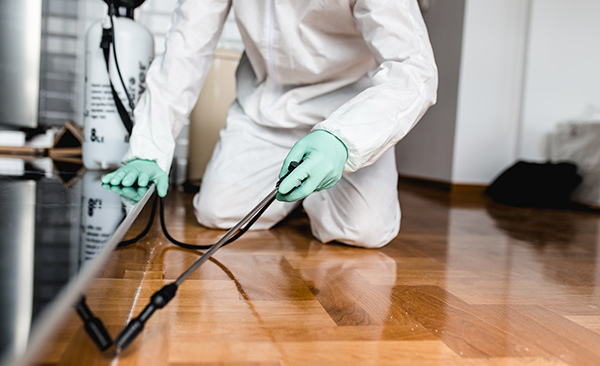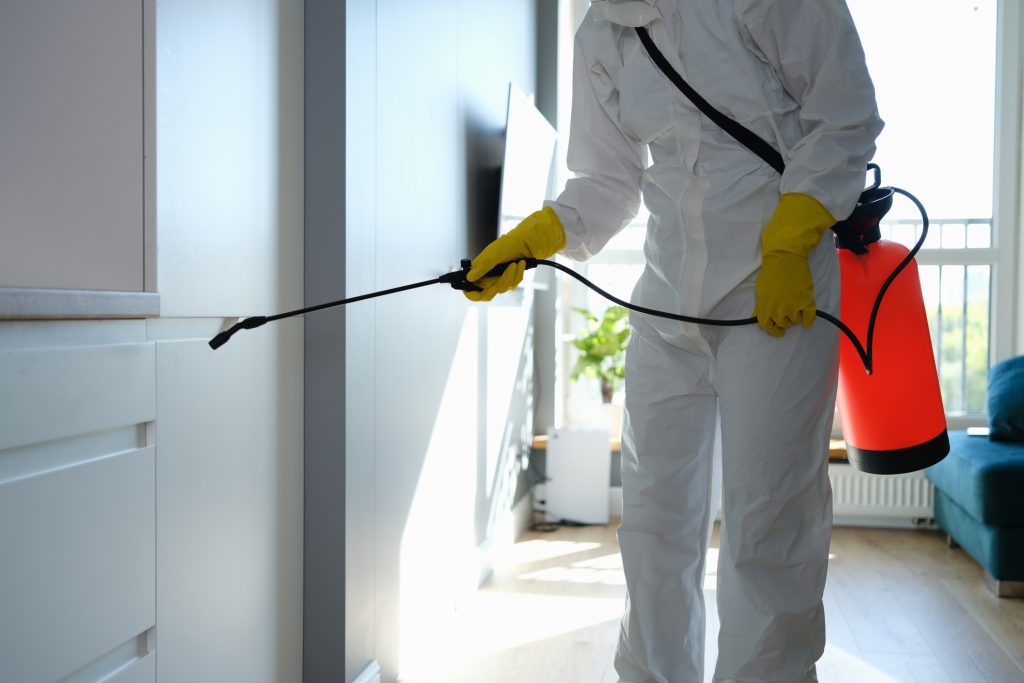Pest Control services to safeguard your property from infestations.
Eco-Friendly Bug Control Approaches for Taking Care Of Wildlife in Urban Areas
Urban locations commonly locate themselves at the junction of human task and wild animals, leading to unique challenges in pest monitoring. These strategies not just shield the setting but additionally boost neighborhood interaction in wild animals administration. As city populaces continue to expand, comprehending the characteristics of wildlife interactions comes to be significantly critical.
Comprehending Urban Wildlife Characteristics
Comprehending Urban Wild animals Characteristics is crucial for developing efficient and environmentally friendly bug control methods. Urban locations are increasingly becoming environments for numerous wildlife types, driven by elements such as habitat fragmentation, food schedule, and human infringement. Acknowledging these characteristics enables a nuanced technique to pest management that straightens with environmental principles.
Urban wild animals usually consists of types such as raccoons, squirrels, and birds, which adjust to city settings, discovering particular niches in eco-friendly spaces, parks, and also suburbs. Their visibility can cause disputes with humans, specifically when they make use of personnels for food and shelter. Understanding the habits and ecological functions of these varieties notifies techniques that minimize adverse interactions while advertising biodiversity.
Furthermore, recognizing the interdependencies within metropolitan ecological communities aids in determining crucial locations for habitat conservation and repair. This expertise contributes to the advancement of incorporated pest monitoring (IPM) methods that take into consideration the ecological equilibrium, therefore decreasing dependence on harmful chemicals. By cultivating coexistence in between people and city wildlife, cities can create much healthier environments that benefit both locals and regional ecological communities, leading the way for sustainable metropolitan living.
Natural Repellents and Deterrents
Natural repellents and deterrents provide a sustainable alternative to standard pest control methods by taking advantage of the power of nature to keep unwanted types at bay. These green remedies generally utilize plant-based active ingredients, crucial oils, and various other normally happening compounds that deter bugs without harming the atmosphere.
One effective all-natural repellent is peppermint oil, which is recognized to drive away rats and bugs. Its strong scent is unpleasant to many parasites, making it a preferred selection for metropolitan settings. Similarly, vinegar and citrus peels can act as deterrents, as their strong smells are commonly uninviting to different wild animals.
In addition, diatomaceous earth is a natural powder that can be spread out in areas vulnerable to pest task, successfully dehydrating and hindering bugs without posing risks to non-target varieties. Garlic sprays and neem oil are identified for their ability to push back a broad array of bugs, including both bugs and bigger wildlife.
Implementing these all-natural repellents not only minimizes dependence on chemical pesticides however additionally promotes a much healthier urban ecosystem, promoting an extra well balanced coexistence between people and wild animals. By utilizing these techniques, city areas can properly manage bug populaces while reducing ecological influence.
Habitat Adjustment Strategies
Effective habitat adjustment methods play a critical role in lasting bug monitoring Get the facts by modifying the environment to make it less conducive to pest infestations. By comprehending the environmental characteristics of urban areas, homeowner can apply critical alterations that deter insects while advertising biodiversity.
(Pest Control Services)One main method includes keeping proper sanitation. This includes routine waste removal, protecting garbage can, and removing standing water to reduce breeding websites for pests and rats. Furthermore, landscaping methods such as choosing indigenous plants can boost environmental balance, providing environments for advantageous organisms while lessening sources for bugs.
Another vital strategy is to secure entrance factors in structures. Examining and fixing cracks in structures, wall surfaces, and home windows can substantially decrease parasite gain access to. Developing physical barriers, such as fencings or plant barriers, can inhibit wild animals activity into human-inhabited locations.
Integrated Parasite Administration Practices
Building upon habitat alteration techniques, integrated pest administration (IPM) practices supply an alternative approach to managing parasite populations while minimizing environmental influence. IPM combines various methods, consisting of biological, social, mechanical, and chemical controls, to attain effective insect administration.
Organic control involves the intro of all-natural predators or bloodsuckers to lower insect populations. Social techniques, such as plant rotation and hygiene, disrupt pest life cycles and diminish their environments - Pest control service. Mechanical controls, like catches and obstacles, give immediate relief from insect pressures without chemical intervention
Chemical controls are utilized as a last option, focusing on targeted applications that limit injury to non-target varieties and the setting. The option of eco-friendly chemicals, when necessary, is essential to the IPM framework. In addition, monitoring pest populations and examining prospective damages helps inform decision-making, making sure that interventions are timely and efficient.
Neighborhood Participation and Education

(Mouse Control)Workshops and informational sessions can equip homeowners with understanding about indigenous varieties, environment conservation, and reliable non-toxic insect monitoring methods. Collaboration with colleges, regional companies, and government firms further boosts academic outreach, ensuring that crucial info gets to varied audiences.
Additionally, community-led efforts, such as community clean-up days and habitat repair projects, not only promote biodiversity but likewise reinforce community ties. Pest Control. By urging locals to share their experiences and monitorings, areas can develop targeted methods that address certain neighborhood pest issues
Integrating comments from citizens right into pest administration prepares allows an extra receptive and adaptive approach to wild animals obstacles. Ultimately, informed and engaged neighborhoods are essential to accomplishing long-lasting success in eco-friendly insect control, causing healthier city atmospheres that appreciate both human and environmental requirements.

Final Thought
In final thought, eco-friendly pest control approaches deal sustainable services for handling metropolitan wild animals. By focusing on environment modification, utilizing all-natural repellents, and applying incorporated pest management practices, communities can promote an unified conjunction with regional animals.